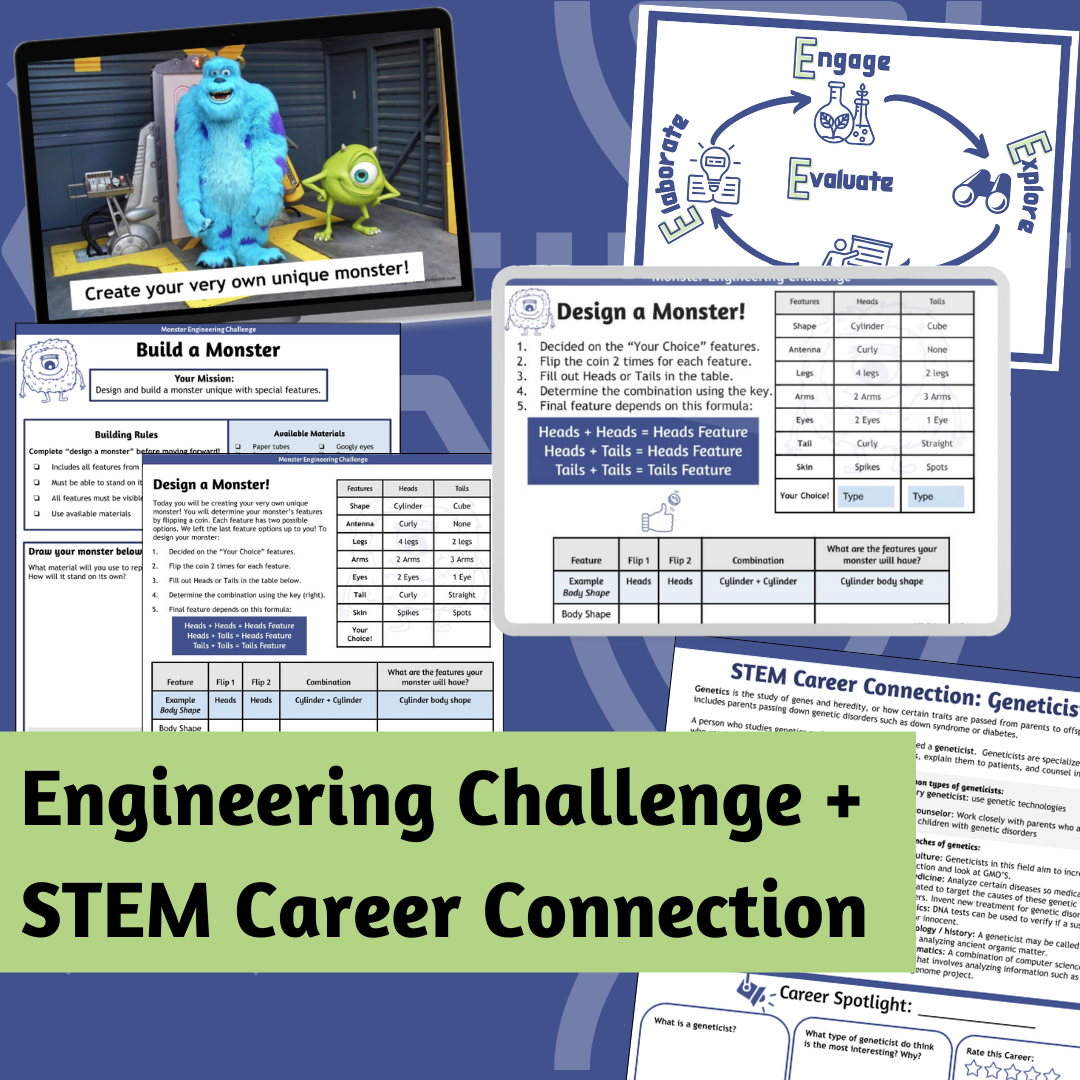Eating in Space: Design an Astronaut Menu! (5E Science) | Engineering Our Cosmos
Inspired by the true story of Xulei Wu, NASA’s Space Food Systems Manager who creates meals for astronauts, this unit blends nutrition science and engineering practices in an engaging challenge. In this unit, students engage in a discussion about their food choices and their suitability for space. They explore the concept of food as energy through a calorimeter demonstration and learn about daily energy needs and nutrition labels. Students learn about the different types of nutrients in food- carbohydrates, proteins, lipids- and categorize their own food choices accordingly with the underlying understanding that not all food is equal.
The challenges of eating in space are explored through videos and discussions, and students compare different food options for a space environment. The unit culminates with students acting as food scientists and engineers with a design challenge where students create a healthy menu for an astronaut on the International Space Station (ISS) that meets NASA requirements. Formative and summative assessment are offered throughout the unit.
Engineering Our Cosmos Storyline (Adaptable for Grades 6-8): Humanity has long looked to the stars with wonder. Now, we stand at the dawn of a new era, where engineers will lead the way to other worlds. Your mission: design the tools, technologies, and systems that enable human exploration and survival beyond Earth. Each challenge brings us closer to life among the stars—and drives innovations that improve life here on Earth. It’s time to start Engineering Our Cosmos!
A Mission to Balance Flavor, Nutrition, and Storage Limits: In this unit, students will learn about Xulei Wu, Space Food Systems Manager at NASA’s Johnson Space Center in Houston, Texas. Xulei grew up in China and always loved science. But it was a major food safety scandal involving infant formula that inspired her to focus on protecting people through food science. She began her career creating freeze-dried meals for camping trips and emergency kits.
Xulei leads a team tackling one of space flight’s toughest challenges: keeping food tasty, safe, and nutrient-rich for years at a time. For the ISS, her meals must last three years; for a Mars mission, up to seven. Her work ensures astronauts have the fuel they need to stay healthy, energized, and mission-ready, no matter how far from Earth they travel.
The 5E Learning Model in this unit includes:
ENGAGE: What’s on your Menu?
EXPLORE: Food is Energy: Calorimeter Demonstration
EXPLAIN: Connect to Science Concepts: Daily Energy Needs + Calories
EXPLORE: Food Sorting + Nutrition Label
EXPLAIN: Connect to Science Concepts: Not all Food is Equal: Carbohydrates, Proteins and Lipids; Food in Space + Career Connection
ELABORATE: Design a menu for an astronaut on the ISS
EVALUATE: Assess Student Learning with Discussion, Reflections + Exit Ticket
Included in this product:
Aligned to NGSS Standards
Complete Teacher Guide
Materials list and activity suggestions
Editable teaching slides
Editable student handouts for each phase of the 5E Learning Model, including background, STEM career connection, information on Xulei Wu, and more!
Mission report and badges
Recommended Supplies
Menu Planning Game:
Planning Board (laminated poster)
Planning Cards - (laminated and cut)
Your Choice Cards
Optional Items:
Various nutritional labels
Samples of Food Sorting food
Calorimeter Demo:
Graduated cylinder
Water
Ruler
Scissors
Safety goggles
Butane lighter (long nozzle)
Marshmallow
Cheerios
Peanuts
2 pot pie tins
Copper or aluminum wire - 45 cm
Two small binder clips
Soft drink can
Thermometer - Celsius scale

























